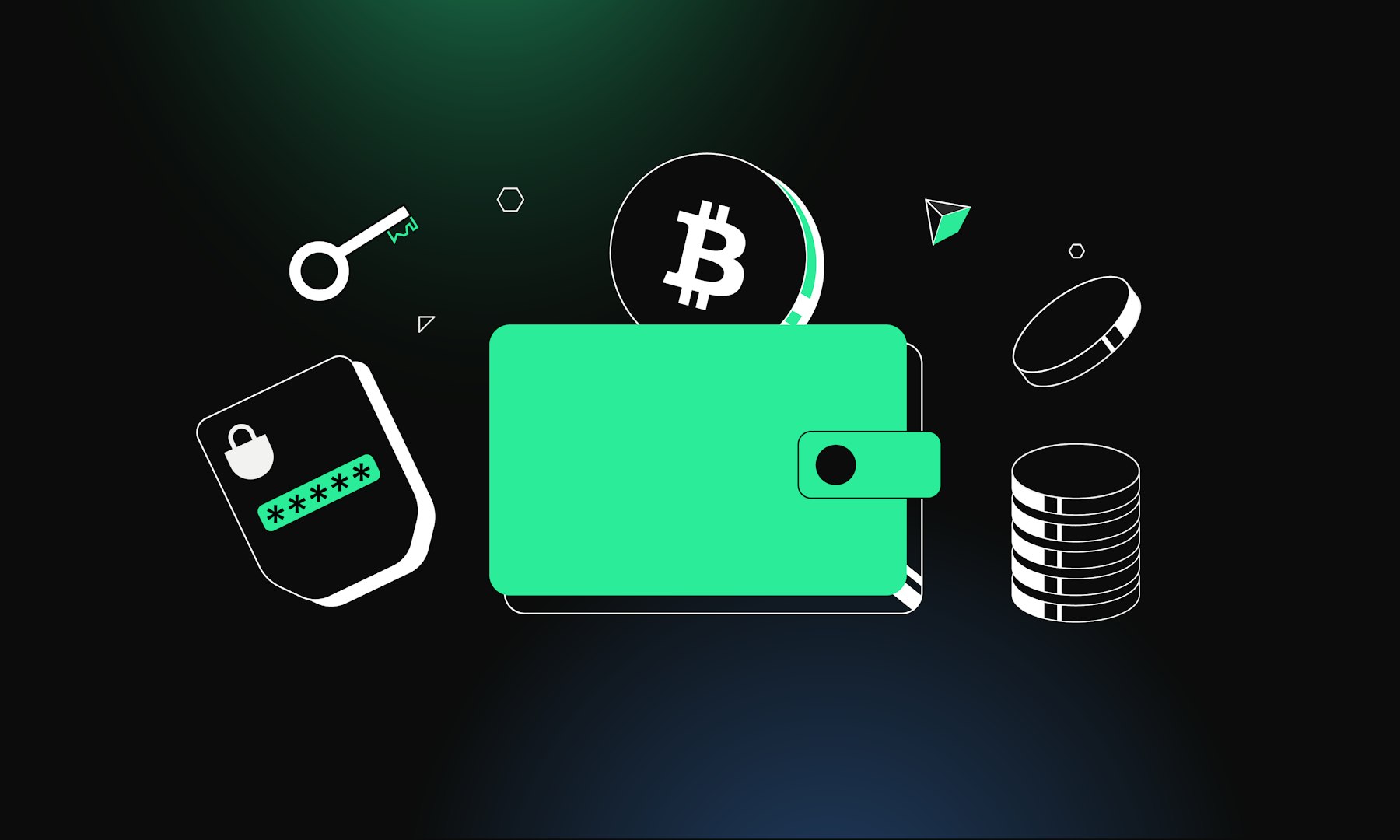Key features of Web3 wallets
Web3 wallets come with practical features that make it easier to explore and interact with the decentralised world. They go beyond simple storage by enabling secure access to decentralised applications and services. Here are some of the most important features:
Multi-chain support
Most Web3 wallets are designed to work with more than one blockchain. That means you can manage assets and interact with dApps across networks like Ethereum, Solana or Polygon, all from one place. This is especially useful as different blockchains often have unique use cases, communities and apps.
Integration with browsers or apps
Web3 wallets are available in different formats to suit how you use the internet. Some work as browser extensions, making it easy to connect to dApps directly from your desktop. Others, like the Bitpanda Defi Wallet, are designed for mobile use, offering convenience and flexibility while you’re on the go. For those prioritising security, hardware wallets provide an offline option for storing private keys.
Token and NFT management
You can send, receive and store not only cryptocurrencies but a wide range of digital assets, including NFTs (non-fungible tokens). Many wallets display your assets visually, making it simple to keep track of what you own and where it’s stored.
Real-time interaction
When you visit a dApp, your wallet acts as your digital identity. You can connect instantly to approve transactions, sign messages or interact with smart contracts – whether you're trading tokens, minting NFTs or taking part in DeFi protocols. Everything happens in real time and usually with just a few clicks.
Why do you need a Web3 wallet?
If you want to actively take part in the decentralised internet, a Web3 wallet is essential. It’s your passport to everything Web3 has to offer, whether that’s exploring new technologies, managing digital assets or protecting your online identity. Here’s why Web3 wallets play such a key role:
Access to dApps: A Web3 wallet lets you connect directly to decentralised applications (dApps) such as DeFi platforms, NFT marketplaces and blockchain-based games, so you can interact, trade or collect without intermediaries.
Security and control: Most Web3 wallets are non-custodial, meaning you alone control your private keys and access. This gives you full ownership over your digital assets and adds a layer of personal security.
Flexibility: Web3 wallets support multiple blockchains, allowing you to manage different cryptocurrencies, tokens and NFTs in one place – no need for separate wallets.
Data sovereignty: With a Web3 wallet, you’re in charge of your digital identity. You can sign in to dApps, approve transactions and manage permissions—all without relying on central platforms to store or control your data.
What types of Web3 wallets are there?
There are various types of Web3 wallets, differing in functionality, security and user-friendliness. The most common types include software wallets and hardware wallets:
Hardware walletsHardware wallets are physical devices that store your private keys offline. They are considered the most secure option as they are safeguarded against cyberattacks and malware. These wallets are ideal for users who wish to store large amounts of cryptocurrencies or NFTs for the long term. The downside is that they are less convenient for daily use compared to other wallet types.
Software walletsIf you're looking for a secure and flexible way to manage your digital assets, software wallets are a strong choice. They’re available as desktop or mobile apps and offer a balance between accessibility and control. Here’s a closer look at the key types:
Desktop wallets: Installed directly on your computer, desktop wallets let you manage your cryptocurrencies and other digital assets locally. Since they don’t need to be permanently connected to the internet, they offer a higher level of security than browser-based wallets as they are more resistant to online threats.
Mobile wallets: Mobile wallets are designed for convenience, giving you full access to your digital assets wherever you are. Installed on your smartphone, they allow you to buy, sell and interact with dApps directly from your device. While they’re ideal for everyday use, their security depends heavily on how well your phone is protected, from screen locks to app permissions and regular software updates.
What is the best Web3 wallet?
There is no definitive answer to what the best Web3 wallet is, as the right wallet for you depends on your individual needs, intended use and security requirements. Consider whether security, user-friendliness or a specific feature is most important to you, and choose accordingly.
Bitpanda is actively shaping the Web3 landscape with its Bitpanda DeFi Wallet. Designed for both beginners and experienced users, the wallet provides full control over digital assets while seamlessly integrating with the Bitpanda ecosystem, allowing users to trade cryptocurrencies directly on-chain, swapping one asset for another without relying on a centralised exchange. Want to learn more? Explore Bitpanda Web3 here.
